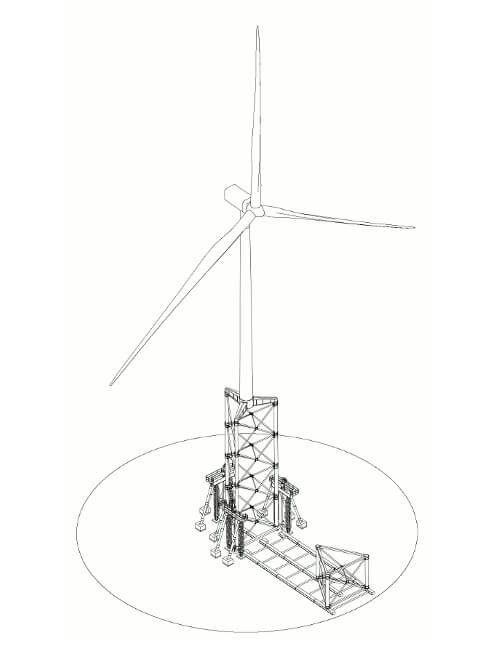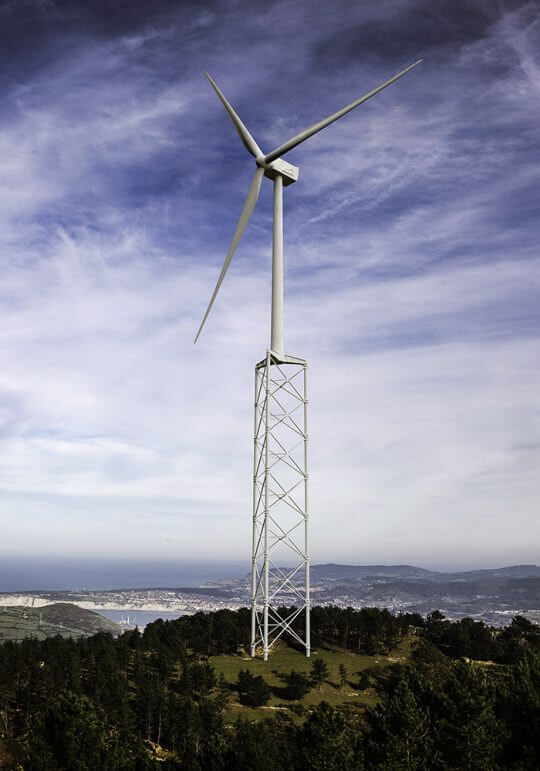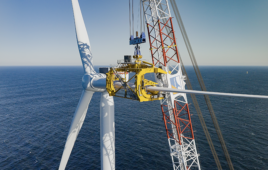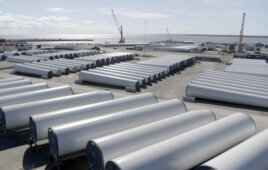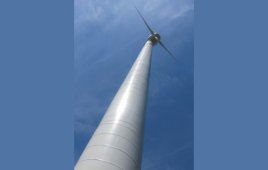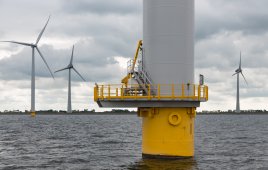Nabrawind Self Erecting Tower (Nabralift) is a new tower technology developed to break the barriers that the conventional towers are facing for very high hub heights (> 120m):
– Tower manufacturing and transportation costs increase significantly, making additional hub height increase unprofitable
– Resonances between the tower and the turning rotor are usual on conventional steel towers, increasing the tower loads and cost
– Massive and expensive cranes are needed, with long assembly and disassembly times that delay the wind farm installation rate
Nabralift reduces the cost of XXL towers by a 30% and integrates a self-erection system to erect the full wind turbine (including nacelle and rotor) avoiding large and expensive cranes. Nabralift is maintenance-free, and it is conceived to be easily integrated with any wind turbine (existing or new): wind turbine aerodynamics and mechanical/electrical design are not affected and the stiffness of the tower avoid any resonance with rotor turning.
Additionally, Nabralift breaks all the tower logistic barriers for any hub height. It is a game-changer technology for onshore Wind Farms located within islands or on mountainous onshore sites. Difficult access sites may become feasible with our Self-Erected Tower. Nabralift has been highlighted by MAKE Consulting as one of “the technologies capable of revolutionizing the wind power industry“.
First Nabralift prototype (160m hub height) is already in construction and will be installed during 2018 in Eslava (Spain). It will be the third highest wind turbine tower in the world.
The tower will be tested after erection to demonstrate operative life. For this purpose, several millions of load cycles will be applied in an innovative fatigue tower test method developed together with CENER.
Nabralift serial production and installation will start in 2018. More on the Nabra blade here.
Filed Under: Blades, Towers
